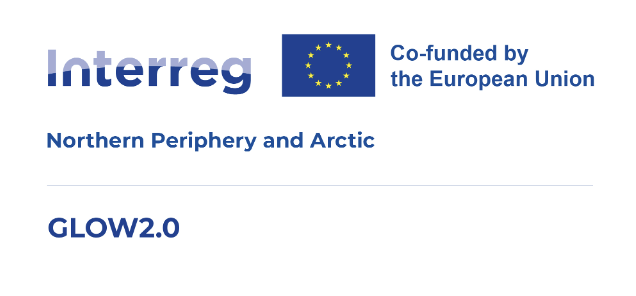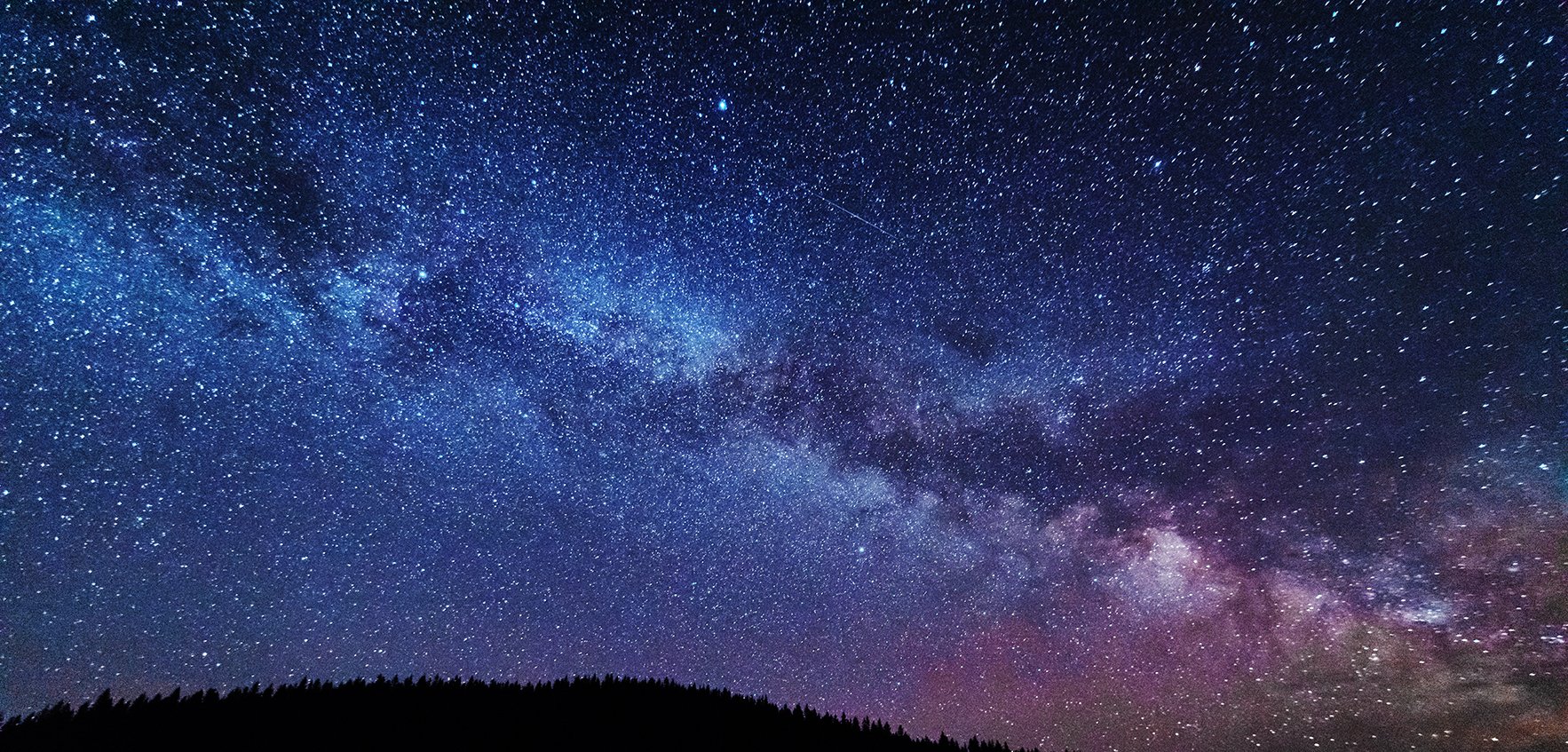Northern Periphery and Arctic (NPA) GLOW2.0 – Green Energy Technologies for Tourism Growth project has been supporting enterprises and public organisations in developing tourism flow during the dark autumn and winter months, using darkness of nature and Dark Sky as additional elements for diversifying the tourism package, while effectively communicating light pollution and ways to prevent and reduce it. One way of supporting enterprises and organisations was through learning journey events.
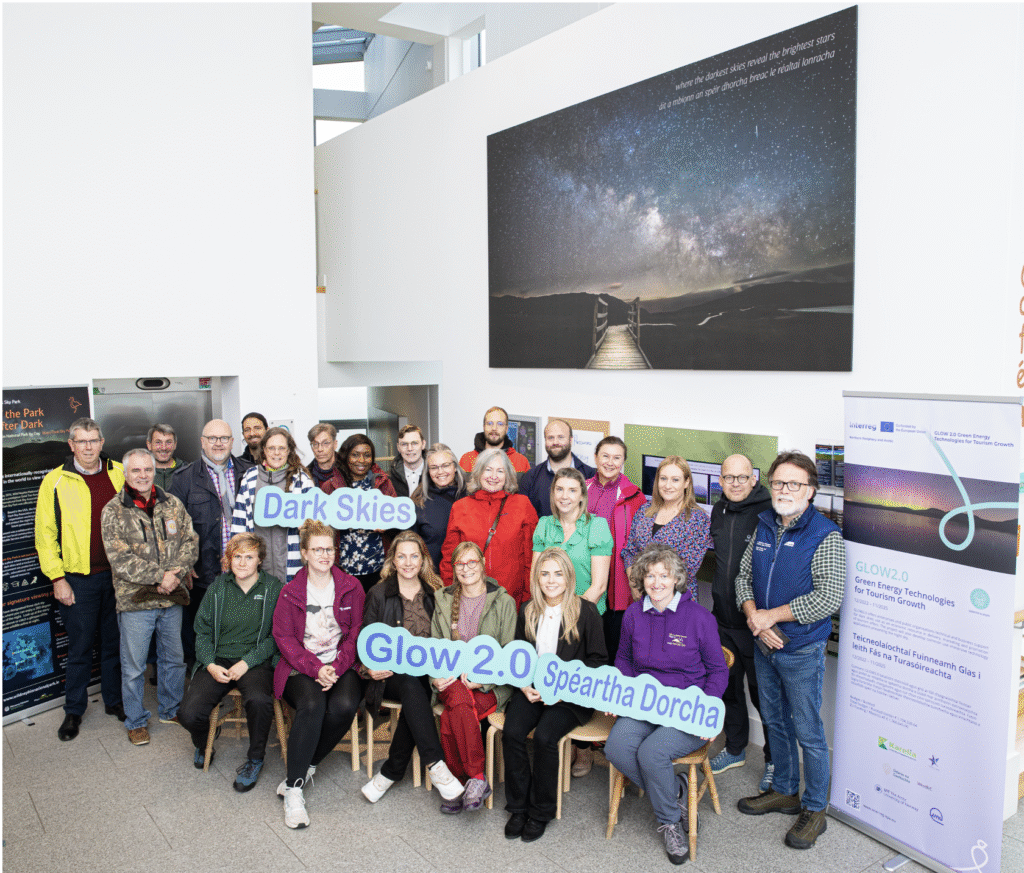
Why learning journeys?
The conceptual framework of Learning Journeys originates from educational transition research (Wilder & Lillvist 2018), but over time, it has been adapted as tailored learning events for professionals in form of structured programmes aimed at acquiring and refining knowledge, skills, and attitudes to boost professional development and drive continuous growth (Scholes 2024). Professional Learning Journeys events, though vary in themes and structure, are designed to expose participants to new environments and ideas outside their usual context with the aim to provoke insight, reflection, and transformation – spark fresh thinking (De Witt et. al 2023). Environments can be for example other organizations, regions, or cultures.
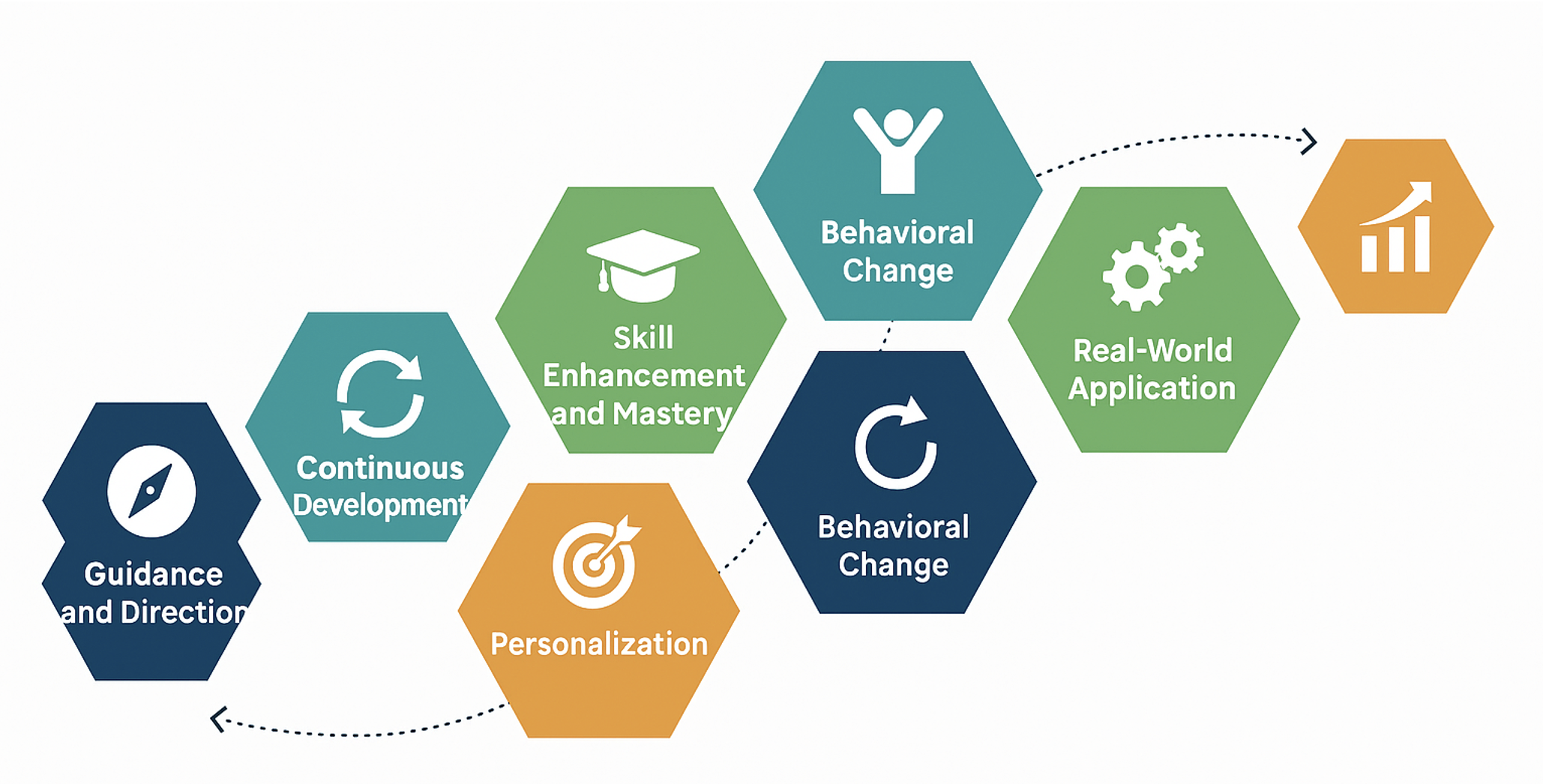
GLOW2.0 project Learning Journeys focused on ways darkness and dark skies could be made more attractive for tourism, including through technological solutions. As a first step to designing the Learning Journeys, all project partners in collaboration, drafted a survey for tourism target groups with the aim to identify and verify their needs. The survey was directed to tourism enterprises and organisations from the Northern Periphery and Arctic (NPA) countries of Finland, Ireland, Iceland, and Norway. The survey was available for respondents in five languages (i.e., English, Finnish, Norwegian, Icelandic, and Irish Gaelic). A total of 99 responses were received by the deadline. From the survey responses, over 90% of respondents stated interest in learning how to use values and benefits from darkness as added value to current service offers, with almost 80 percent also wanting to learn about certification and immersive technologies possibilities for business.
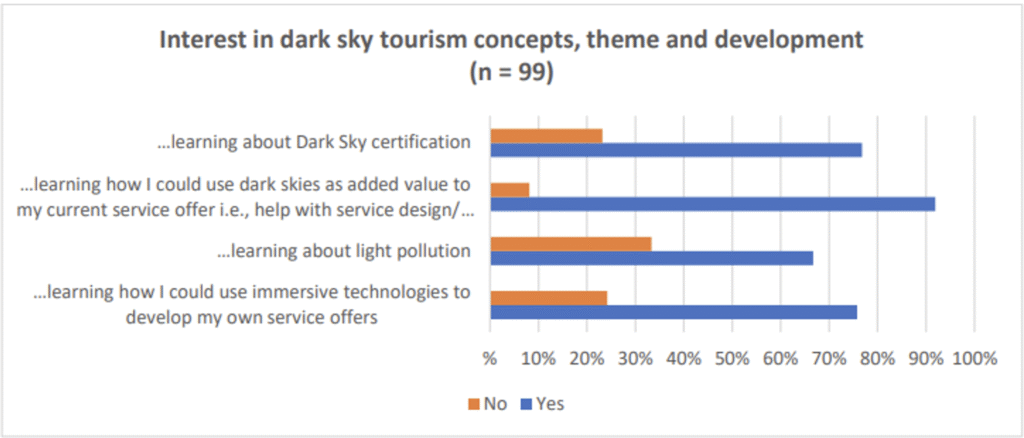
The survey results formed basis for mapping needs and designing the Learning Journeys for enterprises and organisations from project participating countries. The aims were that at the end of a learning journey stakeholders/ target groups would:
- learn from developments in this field; gain new ideas and take own old ones forward.
- learn about technological solutions that could support the marketing or delivery of their product/service to the Dark Sky’s tourism economy.
- share experiences and learn from each other and building networks.
A total of four learning journey events were implemented by the GLOW2.0 project. These took place between start of September 2023 and end of March 2025, running parallel with regional Capacity Building and training events in participating countries.
County Mayo – The home to Ireland’s first International Dark Sky Park
The first Learning Journey took place in autumn 2023 in Belmullet – Mayo County, that lies in the west coast of Ireland. On the first day of the event, SMEs from Ireland and stakeholders taken along by other project partners joined together in a workshop and networking event that featured case studies from local businesses, discussions, and brainstorming session, offering a forum for knowledge exchange and networking. During the next one and a half days, participants explored the region together, learning about the tourism development opportunities and challenges in Mayo region. Participants witnessed real case-study developments from Ireland and took part various site visits. The first demo-version of Virtual Planetarium developed by the GLOW2.0 project was also tested.
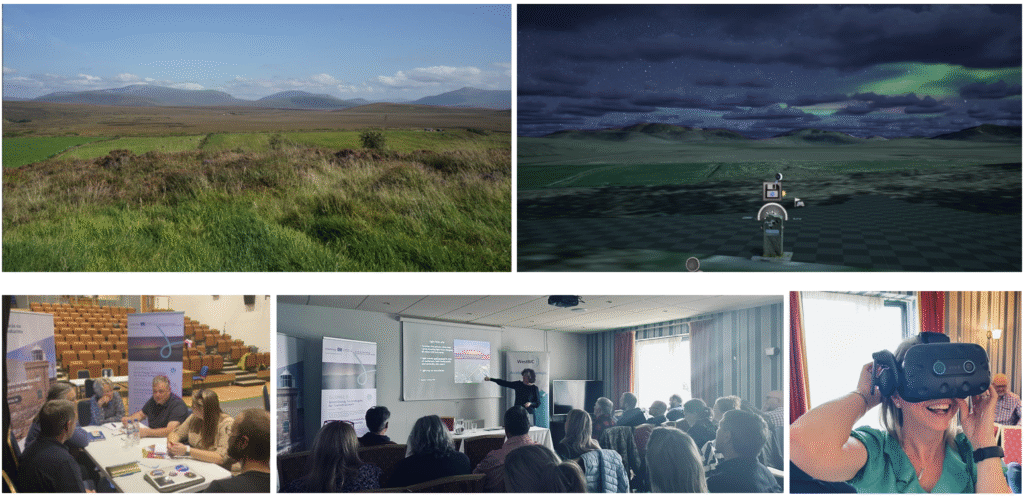
The key outcomes of the Learning Journey were:
- understanding the scale and impact of light pollution on tourism destinations, a key starting point in sustainable planning.
- understanding ways meaningful and innovative lighting techniques can be used to support Dark Sky preservation and add value to tourism economies, via presented real case study examples from Ireland responsible lighting projects.
- understanding the purpose and value of international designations such as Dark Sky Places and Parks via presentations and visit to Mayo Dark Sky Park.
- gaining insights about interactive ways of engaging visitors through hands-on-awareness exhibitions and immersive galleries during visits to Mayo Dark Sky Park, and the region’s visitor centre SOLAS.
- experiencing the power of blending heritage and lived experience in storytelling during visit to the Blacksod lighthouse that offers fascinating stories of maritime history, Irish culture, and local folklore.
- insights on immersive technology possibilities for businesses.
“Mayo Park is in accordance with the general concept I am familiar with. It has required a considerable amount of determined work. The most interesting form of activity for me was the children’s and school children’s laboratory, the teaching space and the educational activities that take place there.” Participant feedback.
“In my opinion, the level of cooperation with which things were handled was significant. This is clearly only sensible way in Ireland’s societal, social and cultural environment. This could also be applied in the Nordic environment, which is clearly different and more individualistic.” Participant feedback.
Narvik, Norway – Where Fjords meet Mountains and Technology meets Innovation
The second Learning Journey took place in Narvik, Norway during spring 2024. The event was kick-started by a hybrid seminar held at the Arctic University of Norway (UiT) Campus. The seminar featured among other Northern Norwegian Science Center (Nordnorsk Vitensenter), Vitensenter Nordland (science centre), Narvik Kommune, Visit Narvik, and SALT (research and advisory company specialized in marine pollution, marine management, and coastal development). The diverse line-up of speakers considering Northern Norway’s tourism industry in different perspectives, made it a dynamic platform for collaboration and knowledge exchange. Participants also took part learning journey site visits; a tour of UiT’s Extended Reality (XR) lab, Narvik War Museum and Polar Park – northernmost animal park. The further developed immersive content (Virtual Planetarium) by GLOW2.0 project was also tested.
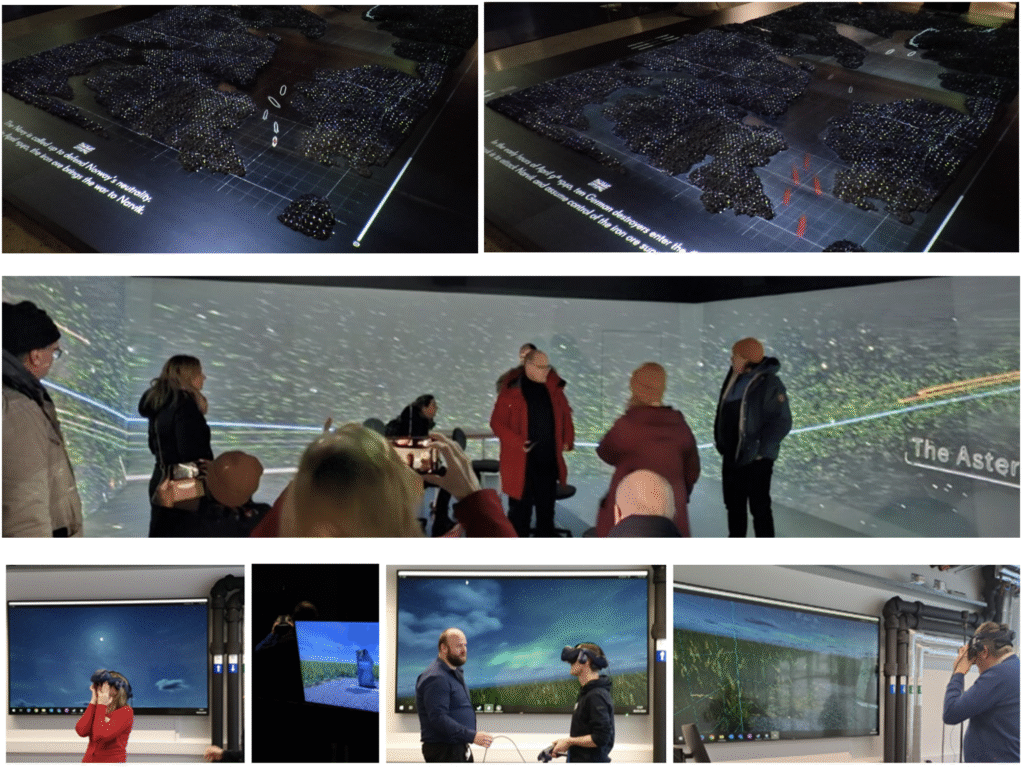
Key highlights from Norway Learning Journey were:
- insights on values and benefits from darkness of nature, via a case example of Øvre Pasvik National Park that was applying for International Dark Sky certification, presented case business model examples and data on visitor trends.
- insights on Northern Norway’s actors’ actions to curb light pollution and bad weather impacts, via developments of Norwegian’s first planetarium and science centres’.
- insights on networking for science and tourism, via 13 regional science centres’ cooperation in Norway.
- insights of potentials and demands of immersive technologies such as virtual reality (VR) and planetariums, via Science Centre Nordland experiences and GLOW VR demo.
- insights about immersive solutions possibilities for tourism during UiT Extended Reality (XR) lab visit, visit to Narvik War Museum and testing of virtual reality content.
- importance of data and strategies for tourism development, via diverse presentations.
“We are on similar paths by embracing digitalisation in the tourism sector. We have richness of assets and skills to capitalise on the opportunities digitalisation presents.” Participant feedback.
Iceland – A blend of charm, tech immersion and storytelling
The third Learning Journey took place during autumn 2024 in Iceland. On the first day of the event, stakeholders got the chance to engage with one another and explore Blönduós’ town tourism offers. This was followed by an enriching seminar with local tourism stakeholders, and a unique nature and culture experience contrasting Dark Tourism with Dark Sky Tourism, allowing participants to appreciate Iceland’s stunning night sky. The second day of the event focused on sharing technological solutions and immersive experiences adaptation possibilities in tourism, with visits to various places that have adapted/ integrated technologies as part of their offering.
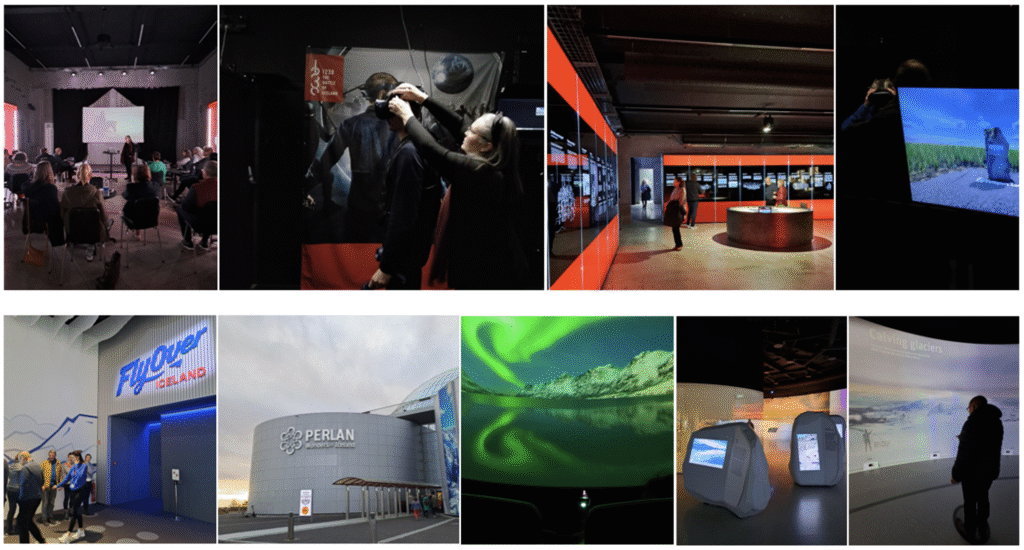
The first stop was made at 1238: The Battle of Iceland Virtual and Augmented Reality Museum, a state-of-the-art facility that immerses visitors in the 13th-century sagas of Iceland, showcasing the power of immersive experiences in education and storytelling. Participants also visited and experienced the FlyOver Iceland and the Perlan Museum. Key learnings were:
- proactive ways to engage visitors with place-based history via immersion, linking it with other offers like museum exhibitions.
- interactive exhibition-based immersion, via volcano seats and interactive wall experiences during visit to Perlan Museum.
- blend of gaming and storytelling for tourism during visit to 1238 – The Battle of Iceland and trying out the virtual reality experience.
- possibilities of immersive technologies for creating weather-proof experiences as plan B during bad weather.
- ways technologies can be used to create immersive storytelling via hologram, shadow-play projections and other technologies.
- ways technologies can be used to market various destinations to attract longer stays, repeat visits or reduce visitor pressures by offering alternative destinations across own region.
- ways of creating inclusive immersive experiences such as sensory experiences (hearing, sight, smell…) and outdoor nature experiences indoors to engage various visitor segments and people e.g. with mobility and other restrictions.
“I really enjoyed the VR experience in the 1238 museum and could see this application used as an accessible way for all visitors to explore a clear night sky, it could be as interactive or sedentary as needed for different visitors. I also really enjoyed the Fly over Iceland experience and wonder whether a similar experience could be used in the planetarium. I think this is a great way to showcase the whole country/region and give visitors a taste of what is on offer, a good way to whet the appetite and hopefully keep them there for a bit longer or encourage them to come back.” Participant feedback.
“Would like to replicate “Fly over Reykjavik”. Participant feedback.
“Dark tourism” was a new concept that I think could work in Ireland.” Participant feedback.
North Karelia, Finland – Approaches to Responsible and Dark Sky Tourism
The fourth and final Learning Journey took place in North Karelia, Eastern Finland in spring 2025. The event was kick-started by a hybrid seminar titled “Regional and Global Approaches to Dark Sky Tourism”, offering views on Eastern Finland’s tourism strategies and possibilities of utilising Dark Skies in tourism. The seasonality and technological challenges faced by tourism in the region and the untapped potential for Dark Sky tourism were also discussed.
Participants also made site visits and listened to the experiences of entrepreneurs that have developed Dark Sky products in the area including with help of GLOW2.0 project. Participants tested the snowshoeing-in-the-dark experience in Koli National Park developed by a regional company. They also heard from SMEs about their journeys in developing tailored guided experiences, immersive dark sky experiences e.g. 360-degree, Dark Sky Centre concept featuring various offerings, and bridge of science and tourism (observatory presentation).
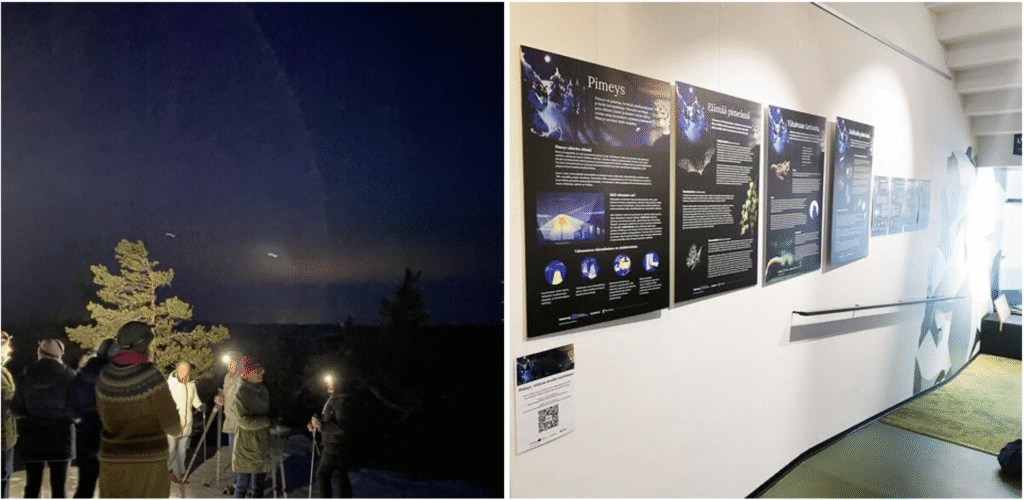
Participants also listened to inspiring examples from SMEs and organisations integrating responsible actions like sustainability, responsible communication, and networking for sustainability. Key issues learnt:
- various possibilities for developing, creating and marketing Dark Sky experiences.
- ways to internalize sustainable and responsible practices in business models.
- Strategic Branding and needs and demands for Dark Sky Certification.
“It was great to experience how tourism operates in this climate and especially how you can use the natural surroundings to develop walks.” Participant feedback.
Learning Journey Learnings
GLOW2.0 project Learning Journeys focused on ways darkness and dark skies could be made more attractive for tourism, including through technological solutions. From business models and service design applications, encounters and engagements with other SMEs, and introductions to the various technologies, the learning Journeys exposed participants to new environments and ideas outside their usual operating environments. The participants gained insights about varied ways dark sky values and elements can be integrated in tourism, including via technological innovations. Participants got acquainted with among other, immersive 360-degree, digital planetarium, virtual planetarium, immersive storytelling using technologies, virtual tours, immersive sensory experiences, nighttime lighting technologies and tools, holograms, immersive walls, immersive exhibitions, and gamification for heritage preservation.
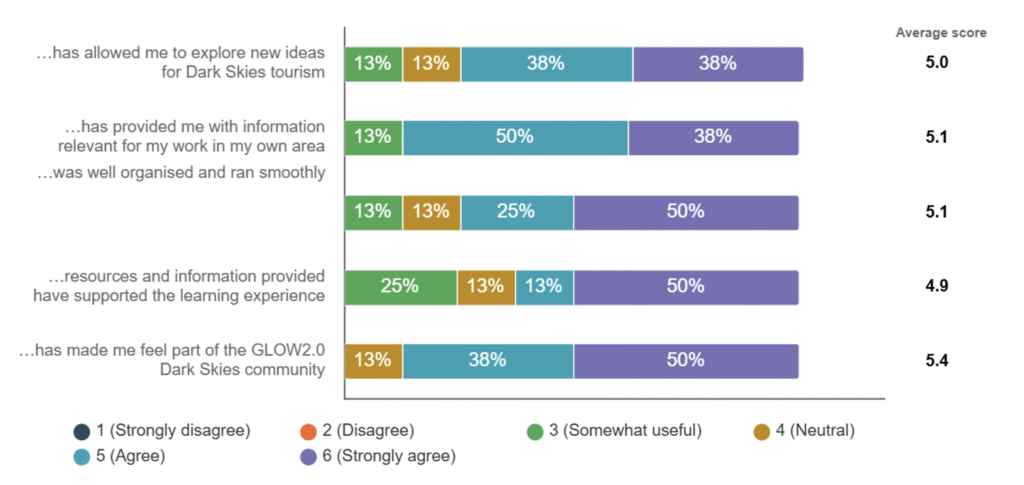
“The GLOW2.0 project has been very useful. The visits and trips organized by the project have been broadening and have given a broader picture of the possibilities and stakeholders of dark sky tourism. Getting to know foreign actors has brought new international contacts. It has been particularly interesting to learn about the starting points of actors from different cultural areas and what kind of problems there are in their environment and operating culture.” Participant feedback.
Basing on participants feedback, exposing them to new environments and ideas outside their usual context challenged them to think about the possibilities and reflect on ways these could be adapted in own regions or offers. The events also successfully expanded SMEs network of businesses eager to explore opportunities in dark sky tourism. The presentations and other materials from Learning Journey events are available on the project website (link).
Author:
Daisy Silvennoinen, Project Specialist, Karelia University of Applied Sciences.
References
De Witt, A., Bootsma, M., Dermody, B. J., & Rebel, K. (2023). The Seven-Step Learning Journey: A Learning Cycle Supporting Design, Facilitation, and Assessment of Transformative Learning. Journal of Transformative Education, 22(3), 229-250.
Scholes, J. 2024. Managing Interventions as Learning Journeys. Impact, 2024(1), 9–13.
Wilder, J., & Lillvist, A. (2018). Learning journey: a conceptual framework for analyzing children’s learning in educational transitions. European Early Childhood Education Research Journal, 26(5), 688-700.
